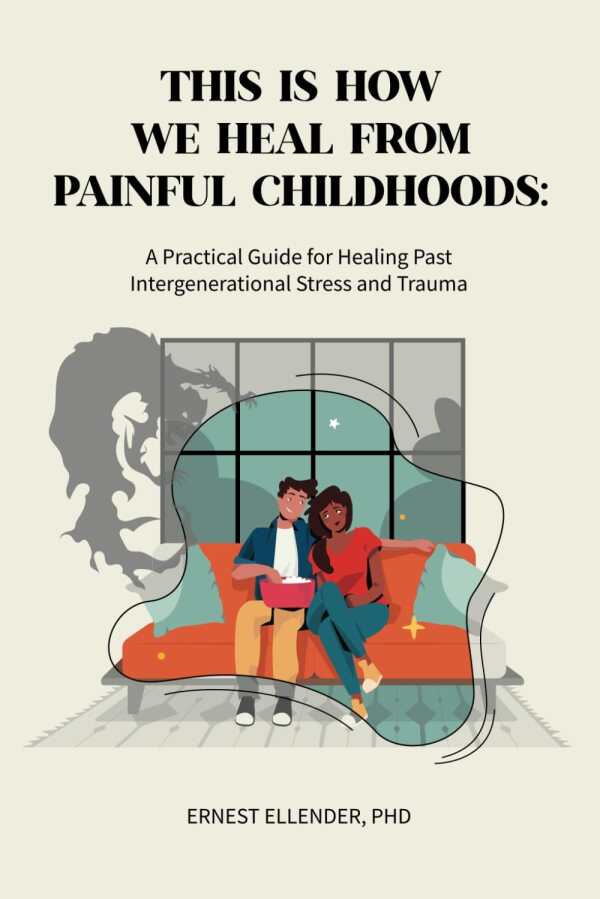
This Is How We Heal from Painful Childhoods
A Practical Guide for Healing Past Intergenerational Stress and Trauma
Emphasizing the difference between surviving and thriving, the self-help guide This Is How We Heal from Painful Childhoods names twenty rules to help people transition away from survivor mindsets.
Life coach Ernest Ellender’s comforting self-help book This Is How We Heal from Painful Childhoods addresses intergenerational trauma and stress.
Emphasizing the difference between surviving (staying alive as a victim) and thriving (managing trauma response to engage with their community in a mature fashion), this book names twenty rules to help people transition from survivor mindsets and develop the technical skills needed to overcome future obstacles. Its one-rule-per-chapter structure is easy to navigate. The rules are constant in their focus on myth-busting, skewering popular self-defense techniques taught to women and breaking down trauma lies, or bad programming consisting of “distorted and destructive attitudes and behaviors learned through personal or intergenerational trauma.” In place of such methods, they suggest positive “life truths.”
In addressing topics like accountability, the book strikes a delicate balance, both offering comfort and proving firm; it lectures without coddling. “As a child,” it says, “it was not your responsibility to prevent abuse from happening to you… . As an adult, however, the way you live your life is now your responsibility.” Its aim is to “present reality to survivors” even when it’s upsetting. In service of this, it argues that maintaining meaningful human relationships is the proper way to address CPTSD symptoms.
Anecdotes are included to illustrate the book’s points, as with the story of a client who had an aversion to the smell of coffee due to prior sexual abuse; they stopped therapy with Ellender for a short time because of it. For them, open communication proved imperative as they worked to stick to the proper methods of recovery. Indeed, Ellender stopped drinking coffee during their sessions once this revelation was shared with him, adjusting in order to better accommodate the client’s emotional needs.
The book’s messages are complemented by its visuals, which are intended to help pinpoint one’s emotional state, ranging from the body clock to the blended family tree. Though these visual aids are diverse and well-organized, their text is too small to read with ease. Still, the survivor-to-thriver scales stand to prove useful thanks to their clear timelines for upward mobility and focus on the major signs of personal success. They are empowering tools in an already extensive self-help arsenal that encourage creating categories of advancement.
This Is How We Heal from Painful Childhoods is an uplifting self-help guide to thriving despite the lasting effects of difficult upbringings.
Reviewed by
Stephanie Marrie
Disclosure: This article is not an endorsement, but a review. The publisher of this book provided free copies of the book and paid a small fee to have their book reviewed by a professional reviewer. Foreword Reviews and Clarion Reviews make no guarantee that the publisher will receive a positive review. Foreword Magazine, Inc. is disclosing this in accordance with the Federal Trade Commission’s 16 CFR, Part 255.
